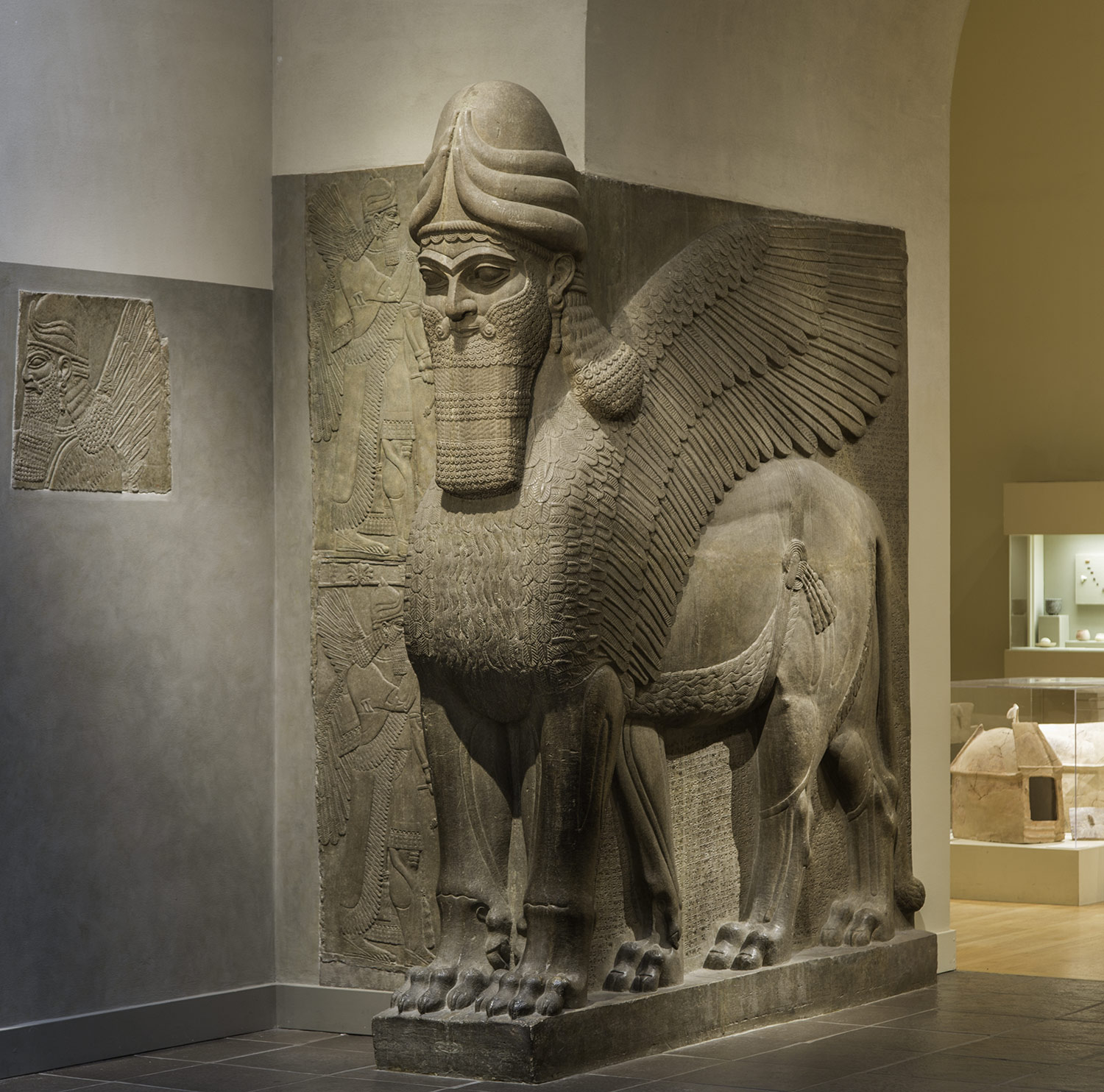 Pictures this past week of ISIS taking sledge hammers and power tools to ancient artifacts like the magnificent winged-lion here made my heart hurt. Then this weekend I finally got around to reading a sobering article about ISIS ideology, a system rooted in the belief that their fighters will bring in the apocalypse.
Pictures this past week of ISIS taking sledge hammers and power tools to ancient artifacts like the magnificent winged-lion here made my heart hurt. Then this weekend I finally got around to reading a sobering article about ISIS ideology, a system rooted in the belief that their fighters will bring in the apocalypse.
I don’t pretend to know when the end of the end times will be (we’ve been in “the end times” since Jesus was here the first time), but the horrors around the world make me hope it’s soon.
Daniel likely had similar sentiments (which may or may not be comforting 2500 years later…) after he saw a winged lion and an apocalypse in Daniel 7.
Witnessing in living color the vision we’ve only seen in black and white (well, unless you’ve googled the beasts of Daniel 7, which can be very entertaining), Daniel was troubled and confused. So he asked one of the nearby angels what everything meant. (Apocalyptic literature often has supernatural interpreters embedded in the visions, a benefit I would find very helpful when I’m trying to understand Daniel’s visions.)
The angel’s initial answer isn’t terribly helpful: the beasts were earthly kingdoms, but the saints would possess “the kingdom” forever. Daniel wasn’t satisfied, and so pushed for a bit more—specifically, he wanted to know about the fourth beast, that horrific, 10-horned (and then 10+1–3) monster. The vision continued before the angel could answer: Daniel watched that ominous 11th horn (the “little horn”) fight and prevail against the saints. Then the Ancient of Days came and pronounced judgment in favor of the saints, who received the kingdom. Phew.
When the angel did answer Daniel again, he left a lot unsaid and he interpreted details Daniel never recorded seeing (i.e., the punishment of the little horn). As one commentator summarizes, “There is more symbolism than interpretation and more interpretation than symbolism; each stands on its own as a revelation.”[1]
So, about the identity of those four kingdoms. Nearly everyone assumes that the four beasts represent the same four kingdoms as the four metals of Nebuchadnezzar’s statue dream in Dan 2. And, in spite of the angel’s silence on the actual identities of the kingdoms, everyone has a position on who the beasts (and the metals) represent. (Some Bible translations have positions as well; if Daniel 7 in your Bible has headings that include “Greece” or “Rome” or the like, you should know those are interpretative decisions. The text does not name the kingdoms.)
There are two main interpretations of the kingdoms’ identities—the “Greek view” and the “Roman view,” named for the fourth kingdom in each view. We talked about this (by which I mean “I blogged about this”) a hundred years ago when I blogged through Daniel 2, so feel free to refer back to that post for a refresher. But here’s how things break down when you line up the dreams/visions of chapters 2 and 7 with the two primary interpretations:
| Ch 2 | Ch 7 | Roman view | Greek view |
| Gold head | Lion w/ wings | Babylon | Babylon/KingNeb |
| Silver torso | Bear | Medo-Persia | Media |
| Bronze middle | Leopard w/ 4heads/wings | Greece | Persia |
| Iron legs | Fourth beast/10 horns/little horn | Rome/revived or extended old Roman empire/antichrist | Greece / Seleucid kings / Antiochus IV Epiphanes |
| Rock | One like son of man /saints of the Most High | God’s kingdom | God’s kingdom |
Both the Greek and Roman view (as well as the variations of them) have significant difficulty with certain details. But just so you have a sense of who’s who and who’s where, the majority of evangelicals/conservatives hold the Roman view and “everyone else” holds the Greek view. You should also know that there are good evangelical arguments in favor of the Greek view, which makes me glad since it’s the view I hold.[2]
Regardless of the view you find more convincing, the vision’s main message is the same: human kingdoms will be destroyed, overtaken by the everlasting kingdom of God, where his people will reign with him forever. In Nebuchadnezzar’s dream, we saw the relative magnificence of these human kingdoms, but in Daniel’s vision of chapter 7, we see their very dark side.
That very dark side is what dominates the news. Whatever role ISIS may or may not have in the apocalypse, I cling to the promise and presence of that “one like a son of man” who is given the kingdom, authority, and power forever. And I long for the day when the Ancient of Days makes His final intervention and pronounces His final judgment. And I thrill at the thought that the saints will reign with him forever. Maranatha.
[1] Goldingay, Daniel, 146.
[2] If curiosity consumes you, you can find evangelical discussions about the Greek view in these two articles: Robert J. M. Gurney, “The Four Kingdoms of Daniel 2 and 7,” Themelios 2.2 (1977): 39–45; John H. Walton, “The Four Kingdoms of Daniel,” JETS 29.1 (1986): 25–36. Walton specifically interacts with Gurney’s article, addressing some of its difficulties.


Trackbacks/Pingbacks